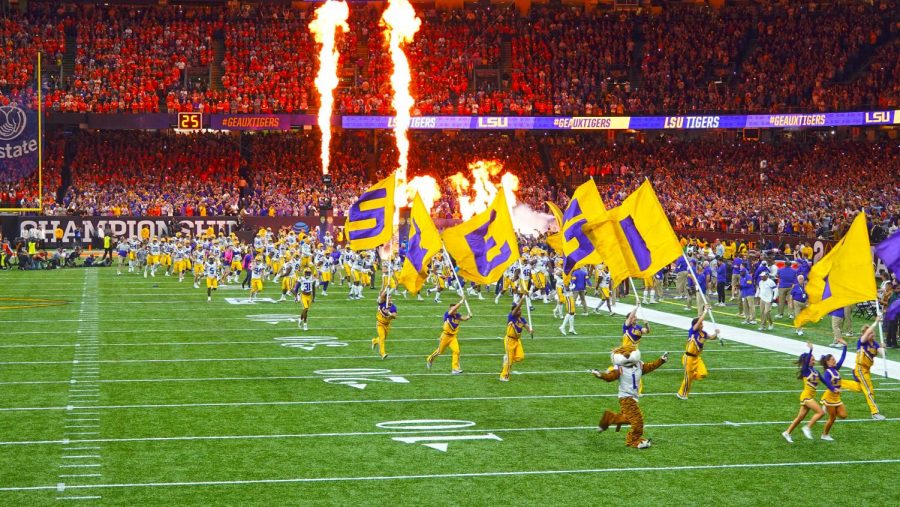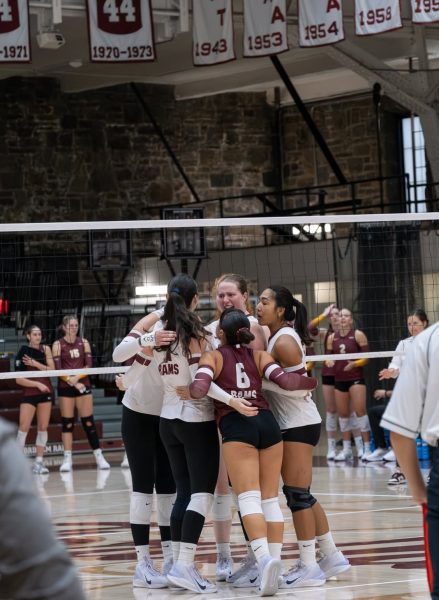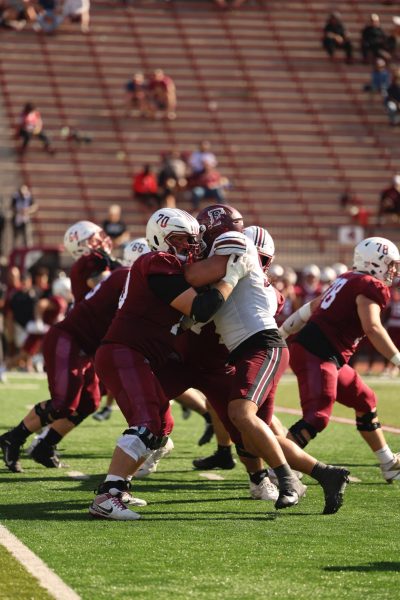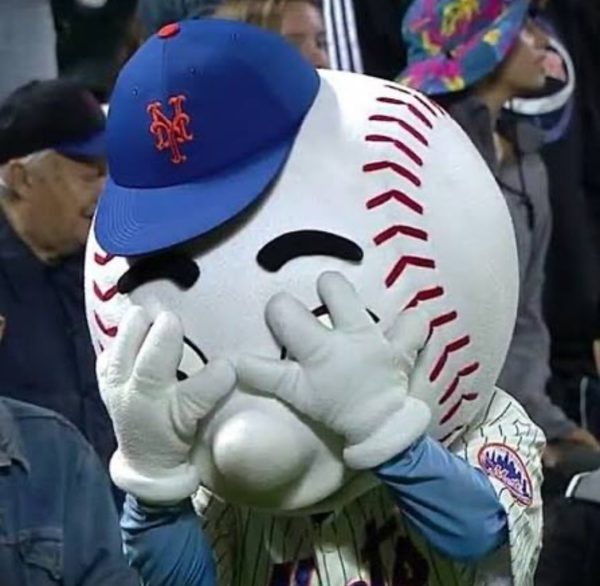College sports may come back in the fall, but should they?
What makes sports special?
It’s a question that has crossed our minds countless times over the past few months. Not only what makes them unique, but why we enjoy them so much. The pandemic has tested our relationship with sports, and as they slowly re-enter our lives, we have been reminded of how important they can be.
That importance reigns true even without fans in the stands, as the gameday experience remains. The excitement of watching the greatest players in the world is still there. When it comes to college sports, however, it is a far different situation.
There’s a great reason too, college athletics are unlike any other, and it isn’t because of the game on the field.
If we wanted to see the highest quality of play there is, that’s why the professionals exist. At the collegiate level, there are mistakes. Poor passes, turnovers, mental errors, all of which result in absolute madness in the final minutes of any game. Some of that is why college sports are so enticing, but there is a separate element that professional sports can never reach: the relationships built around college sports.
Unlike professionals playing for a paycheck, college athletics shape countless young lives across the country. More importantly, they are not just supplemented by the fan experience but entirely depend on it.
Instead of a fabricated connection with a team or a city, college often represents something ingrained into people’s lives. When one is on campus, even if they are the furthest thing from a sports fan, there is a certain pull to root for the university’s teams, to see one’s college succeed.
Oftentimes, college athletics is an everlasting relationship paralleled by years of education. For some alumni, those who graduated days or decades ago, athletics can be as important as the university itself, whether the school is accumulating trophies or struggling to win a single game.
Then there are the students, the glue of college athletics. Players on the field know the students in the stands, who rush the court following a game-winner or devour an entire campus after a championship victory. The traditions stretch deep into history, whether chanting fight songs or ringing the victory bell on Fordham’s own campus.
These elements are only valuable because of the fact they are done together, as one university. Without that camaraderie, college sports become diluted to a place that makes them unworthy of playing.
When it comes to the pandemic, things cannot be that simple, however. Colleges require money to survive and athletics represents a big part of that revenue. Power-five schools such as Texas or Georgia produce over $100 million annually as a product of football alone. The reasoning for that is multi-faceted: television deals, donor contributions or national reputation. Admissions matter too. Evident in a story from The Washington Post, schools often see a significant increase in applicants following a major athletic event, with the 2011 BCS national championship game for Oregon and Auburn and more recent success for schools such as Villanova and Clemson in the two biggest collegiate sports – basketball and football – serving as prime examples. A great deal of that revenue also comes from fans in the stands, almost a quarter of it to be exact.
When we’re talking about smaller schools, 27% may not be much of a financial shock. For those producing millions annually, though, that suddenly becomes a very large number and can act as the linchpin that enables other sports to exist.
That is an anecdotal example of the tremendous variability that exists among these times, which is why smaller football conferences such as the A-10 and Ivy League have already postponed the fall seasons to the spring, whereas the larger Power-5 conferences have done everything in their power to either avoid the pandemic or work around it.
Speaking of the spring, why not shift fall sports to the spring? It seems to make the most sense already considering the lack of training time for the fall season and the risk of the coronavirus.
It may also prove beneficial in the long-term too. Looking at football specifically, instead of competing with the NFL, spring football may provide a new opportunity for colleges to shine on their own. Like most, I would also much rather enjoy the warm days of spring out on Jack Coffey field than the chill of winter nights. Perhaps that could act as a permanent move for the future.
With the financial impact of a lack of fall sports looming overhead, it is understandable why conferences may be so hesitant to pull the plug for the fall season. But is it worth facing all the complications of playing to put a product on the field void of everything that makes it special, especially when there is an option in the spring on the horizon?
The game will still be there, but everything that comes with it will not. Other sports have pulled off that compromise successfully, and considering the money at stake, colleges may have too as well. However, when we start asking uncompensated players to take the health risk – two conversations for another day – to play a game lacking all its luster, the money may end up being less of a loss than the efforts invested into making them work.

Alexander Wolz is a sophomore majoring in communication and culture. He went from writing to assisting and will now be Sports Editing. He also loves video...










































































































































































































